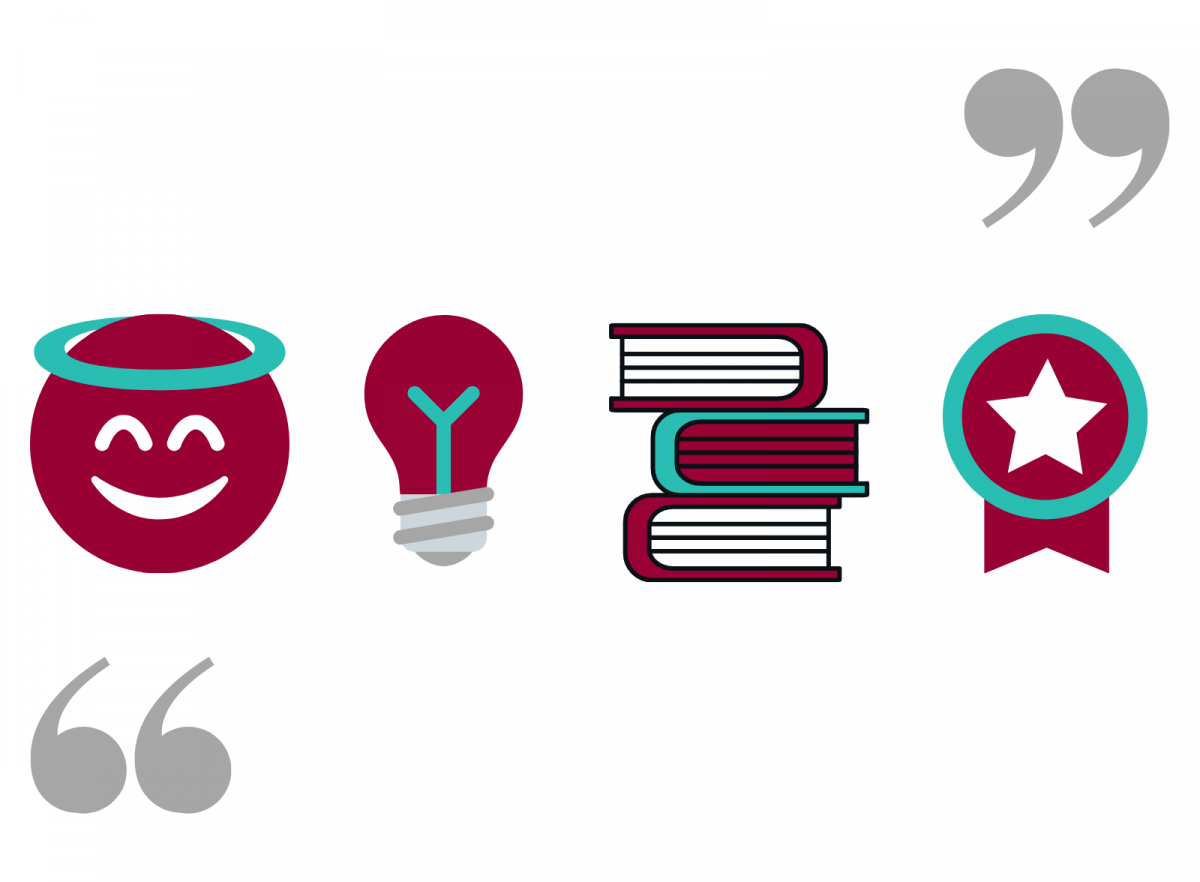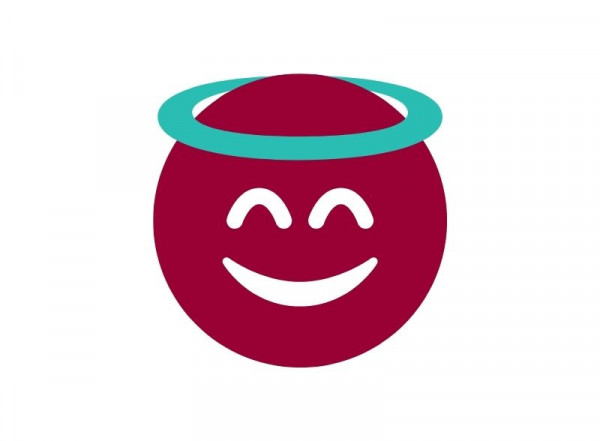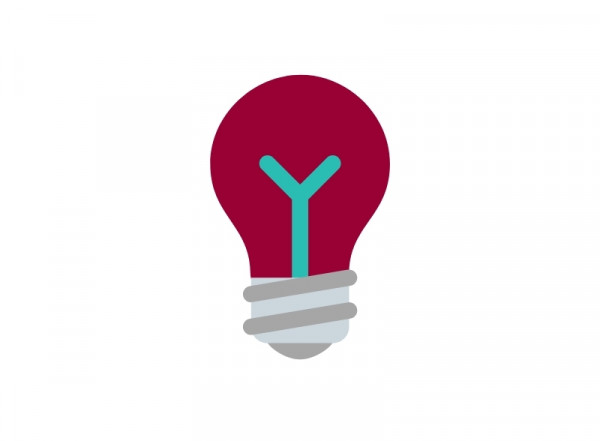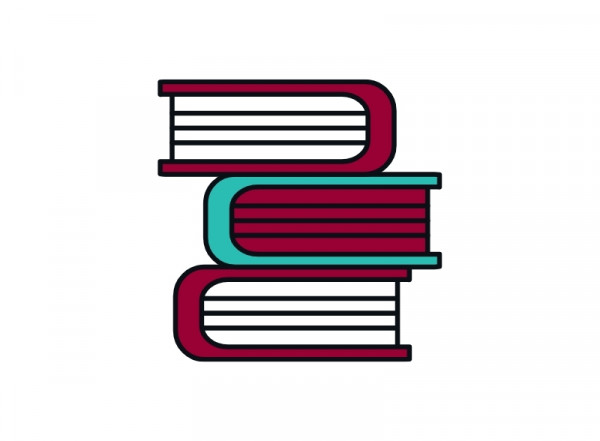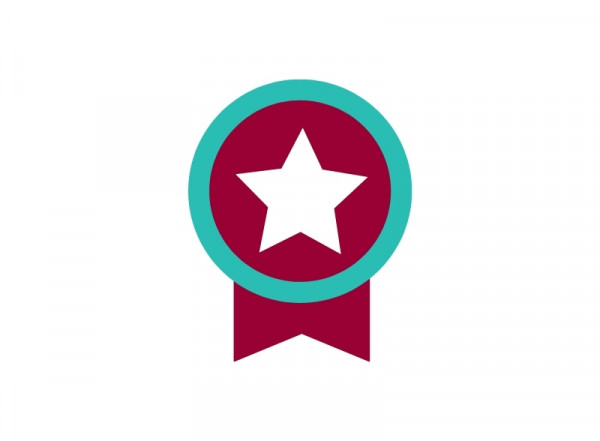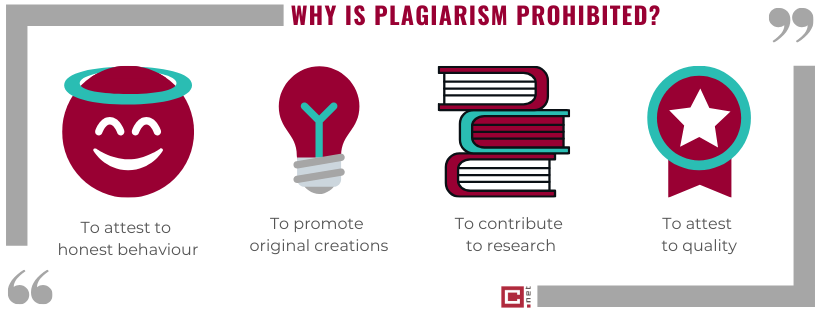To contribute to research
When copyright is respected, research can develop under proper conditions. Indeed, when the original authors and works are explicitly mentioned, it is easier to understand the origin of an idea, its evolution, the debates that fuel it, the contributions of each party... Like a building that is constructed by many craftsmen across several professions, to form a more complete whole. It is important to be able to trace everyone's work, in the event that future questions arise, for example.
> By indicating the source for your observations, you take into account the work of your peers, while also bringing your own contribution to the building project. This allows you to supplement a quotation, challenge an idea, fuel a concept... in order to bring your own thoughts and your critical point of view.


